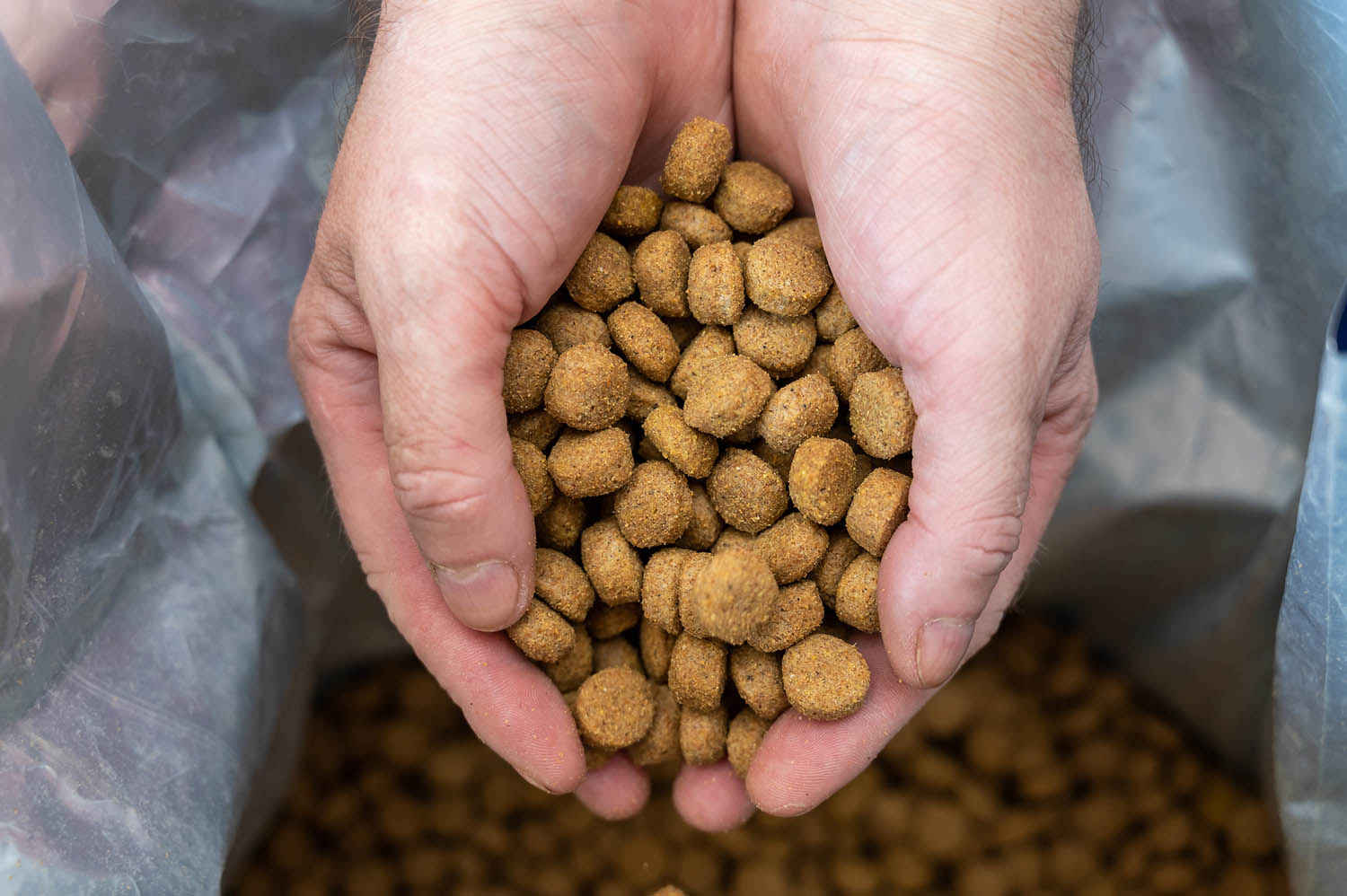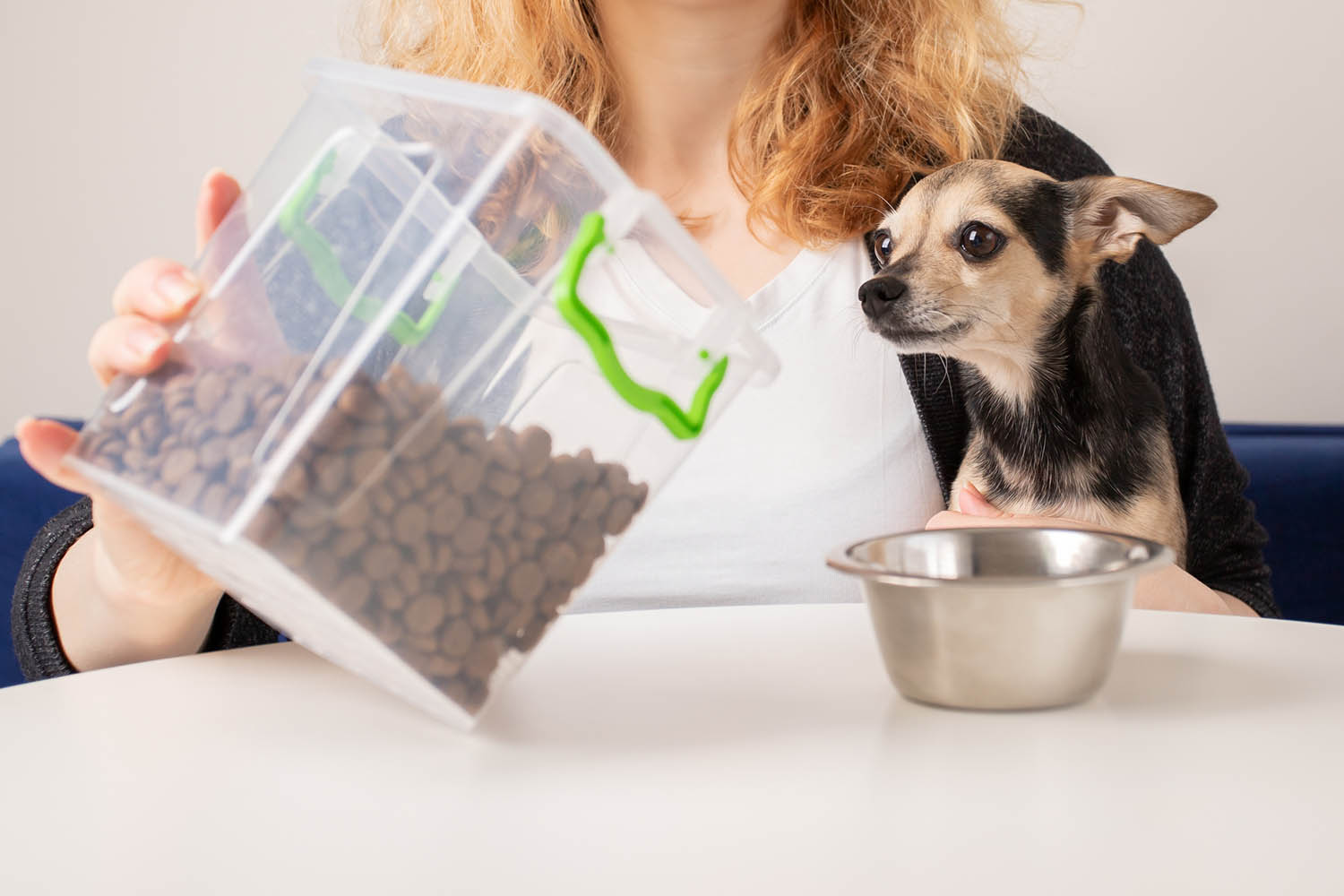Pet lovers want to feel confident when feeding their dog or cat, and members of the Pet Food Institute (PFI) recognize and take seriously their commitment to making the safest food possible for our four-legged family members. As shoppers may read about heavy metals and their possible presence in pet food, PFI provides the facts around these substances and how pet food makers work to keep these naturally occurring substances at acceptable levels.
Fact: Naturally Occurring Metals Are All around Us and Mere Presence Does Not Indicate Harm
Pet food makers use a variety of agricultural and animal-derived products to develop a complete and balanced recipe for your pet, including ingredients produced during the making of human food. Certain naturally occurring metals, such as arsenic, cadmium, lead and mercury (known as heavy metals), can be found in organic forms at extremely low part-per-billion (ppb) levels in the foods we eat. To give context, one ppb is equivalent to one inch in 16,000 miles. In fact, the U.S. Food & Drug Administration (FDA) notes that “eliminating [these metals] entirely from our food supply is not always possible because these metals are found in the air, water and soil and then taken up by plants as they grow.”
The mere presence of a heavy metal does not indicate harm to one’s pet and, as FDA commented in a 2011 memorandum, “whether or not a metal is toxic is determined by multiple factors besides its name or elemental symbol.” FDA also indicated that the National Research Council (NRC) has identified levels that serve as suitable reference points for assessing the safe amounts of heavy metals in pet food and are based on decades of peer-reviewed research.
Fact: Pet Food is Closely Regulated with Your Pet’s Wellbeing in Mind
Pet food makers must follow regulations at both the federal and state level that support the production of safe products. While FDA has not established specific tolerances for heavy metals in pet food, all pet food products are subject to the Food, Drug and Cosmetic Act (FD&CA), which requires the marketing of safe, unadulterated foods. Recognizing that some metals may be nearly unavoidable, FD&CA requires substances to be present in levels that are not injurious to health. In addition, the agency provides guidance on safe levels for heavy metals in the abovementioned memorandum.
Pet food makers are also involved in forward-looking safety planning. Under the new Food Safety Modernization Act (FSMA), pet food makers and their ingredient suppliers are required to identify and evaluate any known or reasonably foreseeable hazards in the manufacturing process and establish steps to address them.
Fact: Pet Food Makers Follow Safety Steps, from Incoming Ingredient to Finished Product
PFI member companies are committed to continuous improvement in the safety of pet food ingredients and finished product. This means working with and regularly reviewing trusted suppliers, setting specifications for required ingredients and scrutinizing these incoming ingredients accordingly. PFI members also implement continuous monitoring and safety programs throughout the manufacturing process and our webpage on how pet food is made details the ways that they strive for product safety.
As families select the best food for their dog or cat, PFI encourages shoppers to get all the facts so they can make an informed decision. Follow us on Twitter and Facebook for more information about pet food safety and nutrition.



